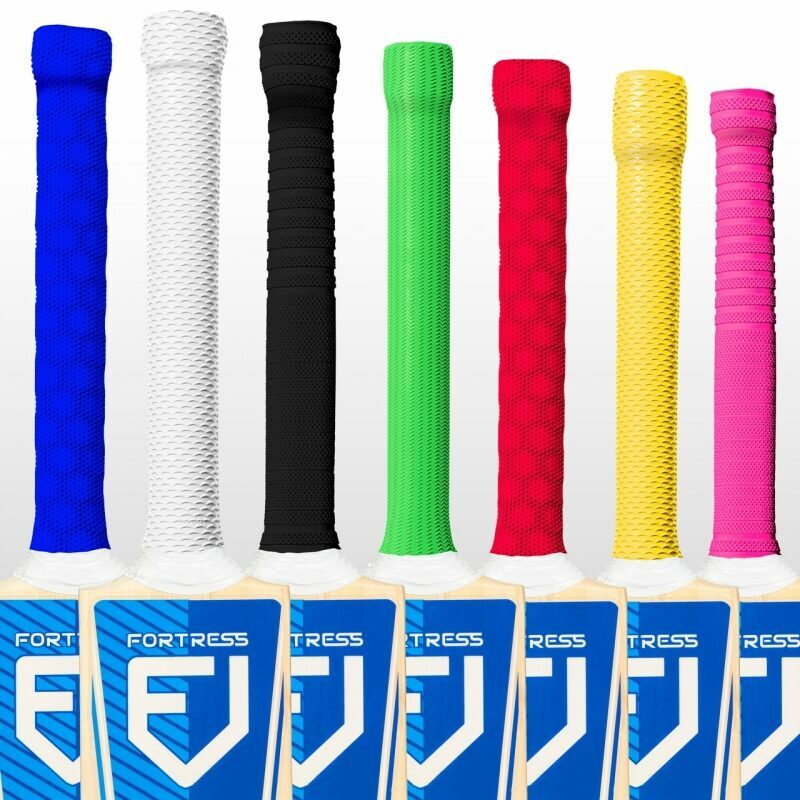Understanding the Stitches on a Baseball
Baseball is not just a game of skill and strategy; it is also a marvel of craftsmanship, particularly when it comes to constructing its most essential component: the ball. A key element contributing to a baseball’s performance is its stitching. This blog post delves into the specifics of how many stitches are on a baseball, their historical significance, and their impact on gameplay.
How Many Stitches on a Baseball
An official Major League Baseball (MLB) consists of 108 double stitches, which, when counted individually, translate to 216 single stitches. The distinction between double and single stitches often leads to confusion among fans and players alike. Each stitch plays a crucial role in holding the two leather covers of the baseball together, ensuring durability and performance during play.

The Role of Stitches in Baseball
The stitching on a baseball serves multiple purposes:
- Durability: The stitches secure the leather covers, preventing them from separating during play.
- Aerodynamics: The raised stitches create turbulence in the air around the ball, affecting its trajectory. This feature is particularly advantageous for pitchers who manipulate the ball’s spin and movement to deceive batters.
- Grip: The strategic placement of stitches enhances grip for players, allowing for better control when throwing or hitting the ball.

Historical Context
The tradition of using 108 stitches dates back to early baseball manufacturing practices. The standardization of this stitch count was largely influenced by manufacturers aiming for consistency across games. Prior to this standardization, baseballs were often handmade with varying stitch counts, leading to inconsistencies in gameplay.
Interestingly, the number 108 has various cultural and historical connotations in baseball. For instance:
- It takes 108 outs to win the National League Championship Series (NLCS).
- The Chicago Cubs famously broke a 108-year championship drought in 2016, further cementing this number’s significance among fans.
Construction Process
The construction of a baseball involves meticulous craftsmanship. Each ball is typically stitched by hand, taking about 15 to 20 minutes for an experienced artisan to complete the stitching process[2]. The stitching utilizes a figure-eight pattern, which not only contributes to the ball’s structural integrity but also ensures uniformity across all balls used in professional play.
Additional Facts About Baseball Stitches
Baseball stitching is a fascinating topic that reveals much about the sport’s history, craftsmanship, and the science behind gameplay. Here are more detailed insights into various aspects of baseball stitches, including their design, historical evolution, and influence on player performance.
The Science of Stitching
The design and placement of stitches on a baseball are not arbitrary; they are the result of careful engineering aimed at optimizing performance:
- Seam Height: The raised seams on a baseball (due to the stitching) create a larger surface area for grip. This is particularly important for pitchers who rely on spin to achieve different pitch types, such as curveballs or sliders. Higher seams can produce more pronounced movement.
- Ball Trajectory: The stitching affects how air flows around the ball. A ball with higher seams tends to experience more drag, which can lead to a slower descent and more break in its trajectory. Conversely, a ball with lower seams may travel faster but with less movement.
Historical Evolution of Baseball Stitches
The history of baseball stitching reflects broader changes in the game itself:
- 19th Century: Early baseballs were often hand-stitched with varying counts of stitches, leading to inconsistencies in size and performance. As the game evolved, manufacturers began standardizing stitch counts.
- 20th Century Standardization: By the early 1900s, the MLB established guidelines for baseball construction, including the stitch count. This standardization helped ensure that all balls used in professional play met specific performance criteria.
Manufacturing Techniques
The modern manufacturing process for baseballs has evolved significantly over the years:
- Materials: While traditional baseballs were made from horsehide or cowhide leather, modern balls often use synthetic materials or a combination of leather and synthetic fibers to enhance durability and performance.
- Quality Control: Manufacturers employ rigorous quality control measures to ensure each baseball meets MLB standards. This includes testing for weight, size, and stitch integrity.
Impact on Player Performance
The stitching on a baseball can significantly influence how players perform:
- Pitching Techniques: Pitchers often have preferences for certain types of balls based on seam height and stitch quality. For example, pitchers who rely on breaking balls may prefer newer balls with higher seams.
- Hitting Dynamics: Batters also consider the feel of the ball when making contact. The grip provided by the stitches can affect how well a batter can control their swing and make solid contact.
Environmental Factors
The environment can also impact how stitches perform over time:
- Weather Conditions: Humidity and moisture can affect the leather and stitches of a baseball. Wet conditions can lead to softer seams that may not grip as well or can become damaged more easily.
- Temperature Effects: Cold weather can make leather stiffer and less pliable, potentially affecting how the ball feels during play. Conversely, warmer temperatures can soften the leather but may also lead to increased wear.
Cultural References and Symbolism
Baseball stitches have transcended their functional role to become symbols within popular culture:
- Artistic Representations: The iconic red stitching against a white background is often used in art, fashion, and merchandise related to baseball.
- Literature and Film: References to baseball stitches appear in various forms of media as metaphors for tradition, teamwork, and perseverance.
Conclusion
In summary, each official MLB baseball features 108 double stitches, which equates to 216 individual stitches when counted separately. These stitches are integral not only for maintaining the ball’s structure but also for influencing its performance on the field. Understanding these details enhances appreciation for the craftsmanship behind one of America’s favorite pastimes. Whether you’re a player or a fan, knowing about these stitches adds another layer of depth to your love for baseball.



